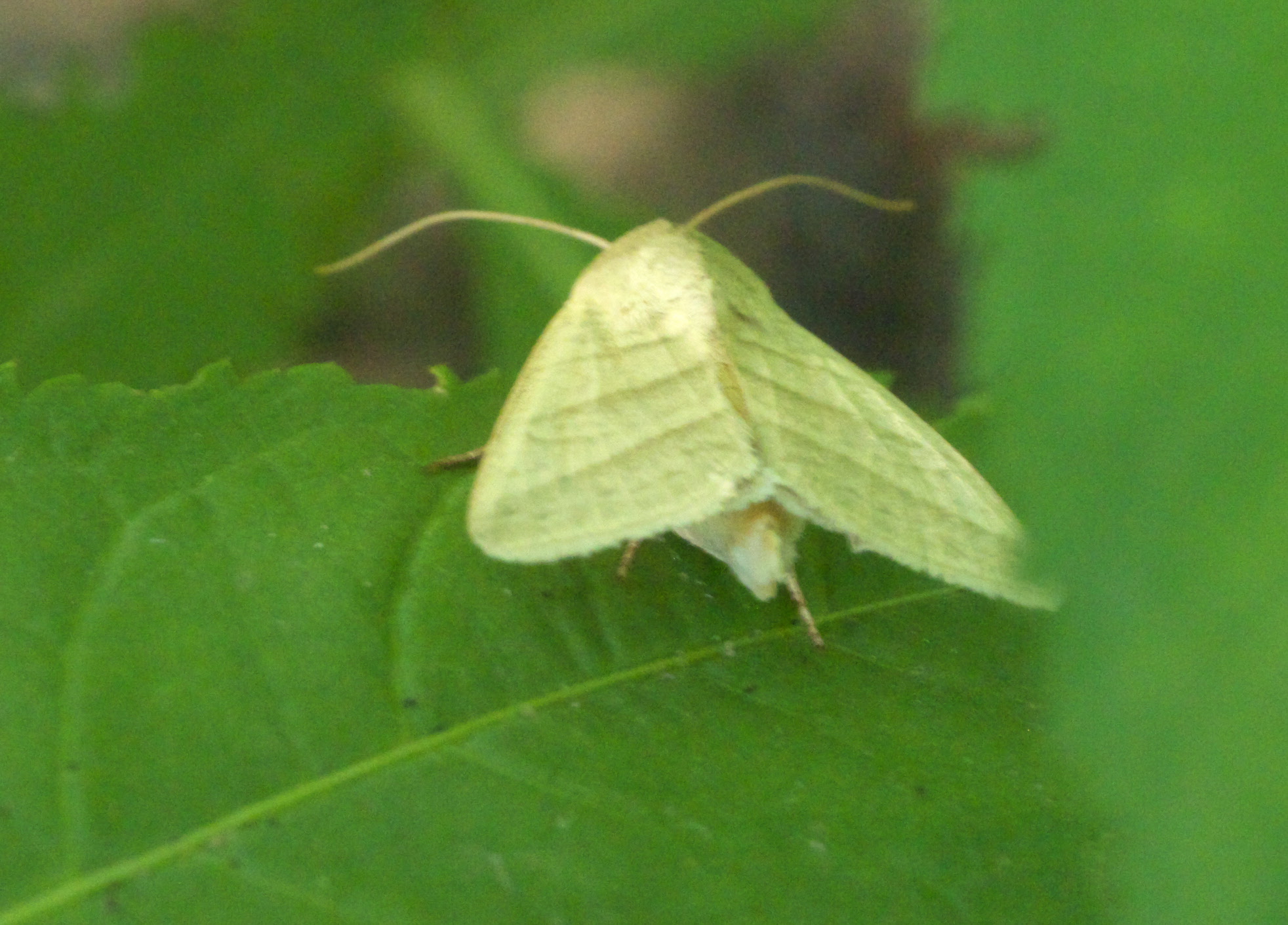Chloridea Subflexa on:
[Wikipedia]
[Google]
[Amazon]
 ''Chloridea subflexa'' is a
''Chloridea subflexa'' is a
Determinants of host use and fitness of ''Heliothis subflexa'', a specialized herbivore
*
Large moths of Guana Island, British Virgin Islands: a survey of efficient colonizers (Lepidoptera: Sphingidae, Notodontidae, Noctuidae, Arctiidae, Geometridae, Hyblaeidae, Cossidae)
Heliothinae Lepidoptera of the United States Noctuidae of South America Taxa named by Achille Guenée Moths described in 1852 {{Heliothinae-stub
 ''Chloridea subflexa'' is a
''Chloridea subflexa'' is a moth
Moths are a group of insects that includes all members of the order Lepidoptera that are not Butterfly, butterflies. They were previously classified as suborder Heterocera, but the group is Paraphyly, paraphyletic with respect to butterflies (s ...
of the family Noctuidae
The Noctuidae, commonly known as owlet moths, cutworms or armyworms, are a family (biology), family of moths. Taxonomically, they are considered the most controversial family in the superfamily Noctuoidea because many of the clades are constantly ...
first described by Achille Guenée
Achille Guenée (sometimes M.A. Guenée; 1 January 1809 – 30 December 1880) was a French lawyer and entomologist.
Biography
Achille Guenée was born in Chartres and died in Châteaudun.
He was educated in Chartres, where he showed a very ear ...
in 1852. It is found from most of the United States, throughout the Antilles
The Antilles is an archipelago bordered by the Caribbean Sea to the south and west, the Gulf of Mexico to the northwest, and the Atlantic Ocean to the north and east.
The Antillean islands are divided into two smaller groupings: the Greater An ...
, and south to Argentina
Argentina, officially the Argentine Republic, is a country in the southern half of South America. It covers an area of , making it the List of South American countries by area, second-largest country in South America after Brazil, the fourt ...
.
The MONA or Hodges number for ''Chloridea subflexa'' is 11070.
References
External links
Determinants of host use and fitness of ''Heliothis subflexa'', a specialized herbivore
*
Large moths of Guana Island, British Virgin Islands: a survey of efficient colonizers (Lepidoptera: Sphingidae, Notodontidae, Noctuidae, Arctiidae, Geometridae, Hyblaeidae, Cossidae)
Heliothinae Lepidoptera of the United States Noctuidae of South America Taxa named by Achille Guenée Moths described in 1852 {{Heliothinae-stub